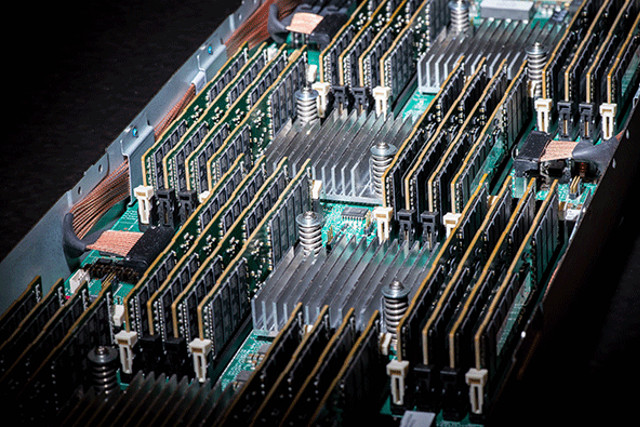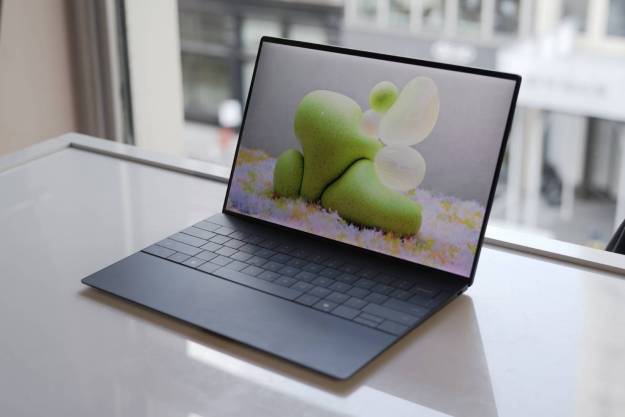
The Machine is all about working toward better solutions for handling the ever-increasing amount of data that’s being generated by users. HPE wants to rethink the computer architecture that’s been in place for decades, so that hardware is better prepared to cater to the demands of the next decade and beyond.
The idea is to create a computing platform that hinges on memory rather than processing power. By implementing a new type of memory being referred to as “memristors” and using photonics to transfer data, HPE expects to be able to achieve much more efficient performance.
“We have achieved a major milestone with The Machine research project — one of the largest and most complex research projects in our company’s history,” commented Antonio Neri, the executive vice president and general manager of HPE’s enterprise group. “With this prototype, we have demonstrated the potential of memory-driven computing and also opened the door to immediate innovation.”
HPE apparently took its prototype online in October, exhibiting what the company describes as the “fundamental building blocks” of its design working in unison. Compute nodes accessing fabric-based memory, the Linux-based operating system developed for the project, the project’s photonics communications links, and programming tools designed to take advantage of abundant persistent memory have all been demonstrated.
The Machine has been in development for at least four years at this point, and HPE is eager to start putting the technology that’s been developed over the course of that time into practice. The company expects to introduce elements of the project into new and existing products as soon as 2018.


